When I first set foot in Sicily’s Val di Noto, I couldn’t help but feel awe at the story of rebirth that shaped this place. Back in 1693, a massive earthquake tore through southeastern Sicily, wiping out entire towns.
But out of the ruins, locals pulled off something extraordinary. They rebuilt eight stunning towns: Caltagirone, Militello Val di Catania, Catania, Modica, Noto, Palazzolo, Ragusa, and Scicli. All of them rose up in that flamboyant Sicilian Baroque style that really defines the region today.
Strolling through these towns feels a bit like stepping into a living museum of architecture. In Noto, I wandered down streets lined with honey-colored buildings that almost shimmered in the sunlight.
Ragusa totally wowed me with its dramatic setting—a town tucked deep in a gorge, rock faces towering on either side. The grand churches and those wild, ornate balconies are like a celebration of resilience, each one telling a story of a people who chose beauty after disaster.
But Val di Noto isn’t just about beautiful buildings. Every town has its own vibe. In Modica, I tried their famous chocolate, which they still make using ancient Aztec techniques.
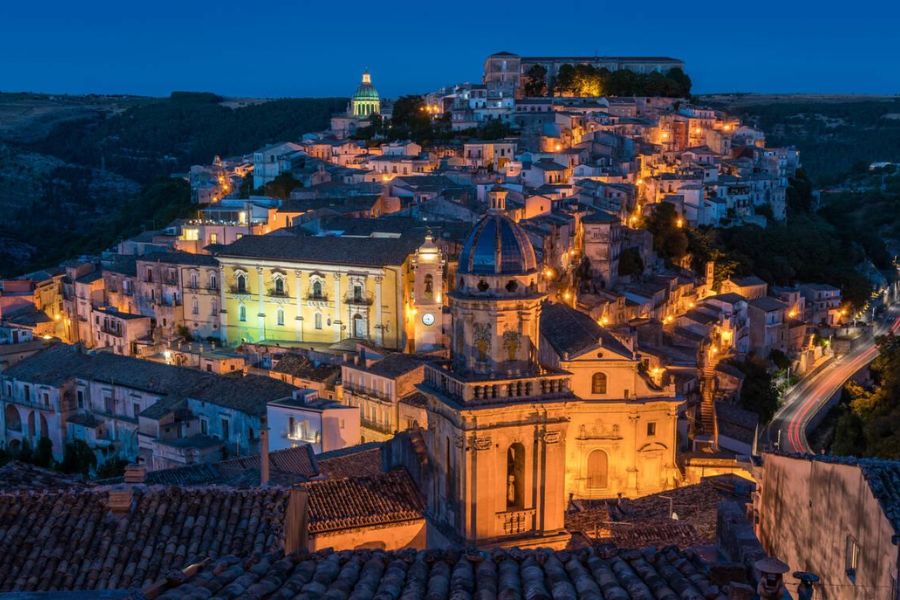
Catania, with its lively markets and streets paved in dark volcanic stone, felt completely different. If you’re heading to Sicily, honestly, give yourself a few days to bounce between these towns. Trust me—they deserve more than a quick stop.
How the Great Earthquake Shaped Sicily’s Baroque Valley
This corner of Sicily owes its unique look to a disaster that changed everything. The 1693 earthquake gave the region a blank slate, and what followed was a burst of creativity that turned it into one of the most cohesive Baroque landscapes in Europe.
History of the 1693 Sicily Earthquake
On January 11, 1693, one of Italy’s biggest earthquakes hit Sicily. The tremors, probably around magnitude 7.4, smashed through the southeast of the island.
More than 60,000 people died—a staggering loss.
Cities like Catania and Syracuse, along with smaller towns in the Val di Noto, crumbled in minutes. Some places were wiped out so thoroughly that only foundations remained.
The timing changed everything. Sicily was in an economic upswing, so the region had both the need and the money for a full-scale rebuilding effort.
Rise of Sicilian Baroque Architecture
The rebuilding happened just as the Baroque movement was peaking in Europe. Architects jumped at the chance to create something bold and uniquely Sicilian.
Sicilian Baroque stands out. I noticed how the honey-colored limestone makes the buildings glow at sunset, and those ornate balconies with wrought-iron railings give each facade its own personality.
Many churches have dramatic facades—columns, statues, and these wild, curved shapes. The style is exuberant but also practical. Architects even worked in “anti-seismic” features to make the new buildings safer.
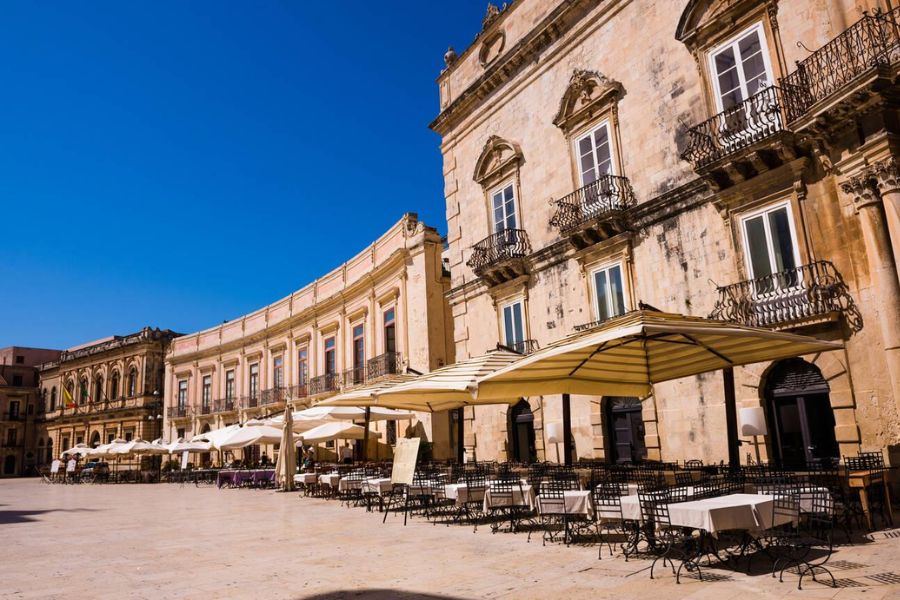
Rosario Gagliardi and Giovanni Battista Vaccarini led this architectural renaissance, and their work ties the towns together visually.
Transformation of Towns and Local Life
The earthquake opened the door for urban planning on a scale you rarely see. Take Noto—it was moved and rebuilt from scratch, with wide streets and big piazzas laid out in a careful grid.
When I walk these towns now, I notice the repeating Baroque style, but each place still feels distinct. Ragusa, for example, split into two: Baroque Ragusa Superiore and the rebuilt medieval Ragusa Ibla. It’s got this cool double-identity thing going on.
The new town layouts reflected Enlightenment ideals, with better sanitation and public spaces. Churches became focal points, a reminder of how important faith was (and still is) in Sicily.
This massive rebuilding united the eight Val di Noto towns—Caltagirone, Militello, Catania, Modica, Noto, Palazzolo, Ragusa, and Scicli—under a shared architectural language. UNESCO recognized their achievement in 2002.
Exploring the Iconic Towns of Val di Noto
Val di Noto is a showcase of Sicily’s rebirth. These UNESCO towns are packed with Baroque architecture: ornate facades, grand piazzas, and staircases that sweep up and down the hills.
Noto: Jewel of Baroque Resurgence
Arriving in Noto feels like stepping onto a golden stage. Those warm limestone buildings just seem to catch the light in a way that’s hard to describe.
The town’s grid layout reflects the post-earthquake “anti-seismic” planning. Corso Vittorio Emanuele, the main drag, led me right to Piazza Duomo.
The Cathedral of San Nicolò dominates the square. Its dome collapsed in 1996, but they restored it beautifully.
Palazzo Nicolaci blew me away with its wild balconies—grotesque faces, mermaids, horses, cherubs. It’s Baroque at its most playful.
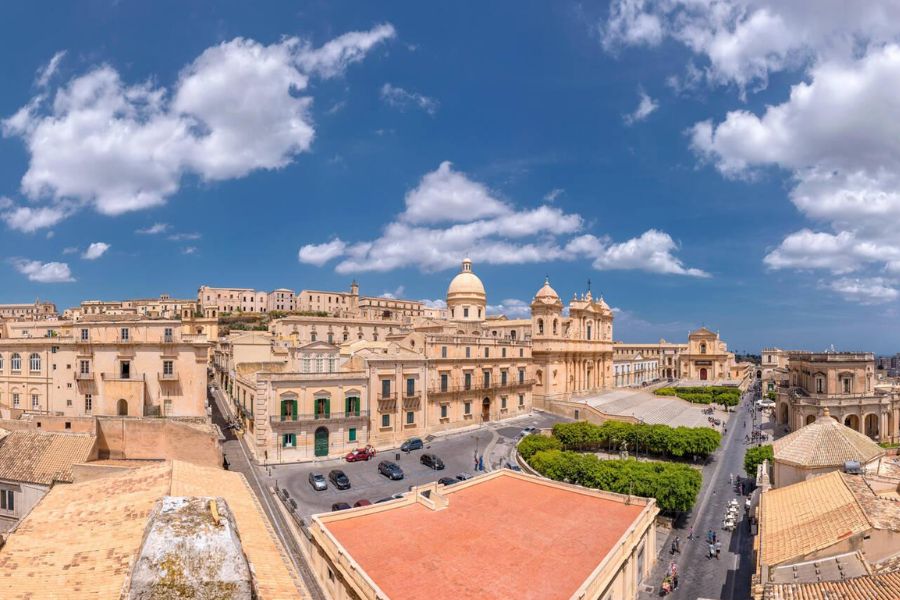
If you’re around in May, check out the Infiorata festival. Artists cover Via Nicolaci with flower petal mosaics. It’s wild.
Ragusa Ibla: The Twin Soul of Ragusa
Ragusa tells a story of division and survival. After the quake, the town split—Ragusa Superiore sits on a plateau, while locals rebuilt Ragusa Ibla on the old site.
I got lost (in a good way) in Ibla’s winding medieval lanes, which suddenly open onto Baroque churches. Climbing the 250 steps to Duomo di San Giorgio was a workout, but the view and the church itself were worth it.
For the best views, I wandered over to Giardino Ibleo public gardens. The whole valley stretches out below, and the old trees offer some welcome shade.
What makes Ibla magical is the mix of medieval streets and Baroque gems. When the lights come on at dusk, the honey-colored stones really come alive.
Scicli: Hidden Gem of the Valley
Scicli might be my favorite discovery. Tucked between rocky hills, it delivers Baroque drama without the crowds.
Via Francesco Mormino Penna is the town’s backbone. Along it, I found three stunning churches almost in a row. San Bartolomeo, with its bold facade and big staircase, stood out.
Palazzo Beneventano is hard to miss. Its balconies are decorated with bizarre masks and grotesques—proof that Sicilian Baroque has a sense of humor.

TV buffs might know Scicli as the set for “Inspector Montalbano.” The town hall doubles as the police station in the series, which has given the town a bit of fame.
Modica: Land of Chocolate and Elegance
Modica spills down two valleys, making for a dramatic entrance. The town splits into Modica Alta up top and Modica Bassa below, with stairs and winding paths everywhere.
San Giorgio Church towers over the skyline. Its staircase and ornate facade scream Baroque grandeur. Inside, the space is surprisingly bright.
Modica’s big claim to fame? The chocolate. Local makers use old Aztec techniques, a tradition from Spanish rule. The chocolate is grainy, unrefined, and totally addictive. I tried dark, citrus, and a couple of other flavors—couldn’t help myself.
Between chocolate shops, I stumbled into quiet courtyards and found hidden spots perfect for photos. In the evenings, locals stroll along Corso Umberto I, and the town feels especially lively.
Catania, Syracuse & Beyond: Coastal Cities and Cultural Icons
Sicily’s eastern coast is packed with cities that bounced back from disaster to become cultural treasures. The 1693 earthquake reshaped these places, giving them the bold Baroque look they wear so well today.
Catania’s Reconstruction and Markets
Catania always impresses me with its toughness. After the quake, the city rebuilt itself with black lava stone from Mount Etna. That stone gives Catania its moody, dramatic vibe.
The fish market (La Pescheria) is a must-see in the morning. Vendors shout, fish glisten on ice, and the whole scene feels timeless.
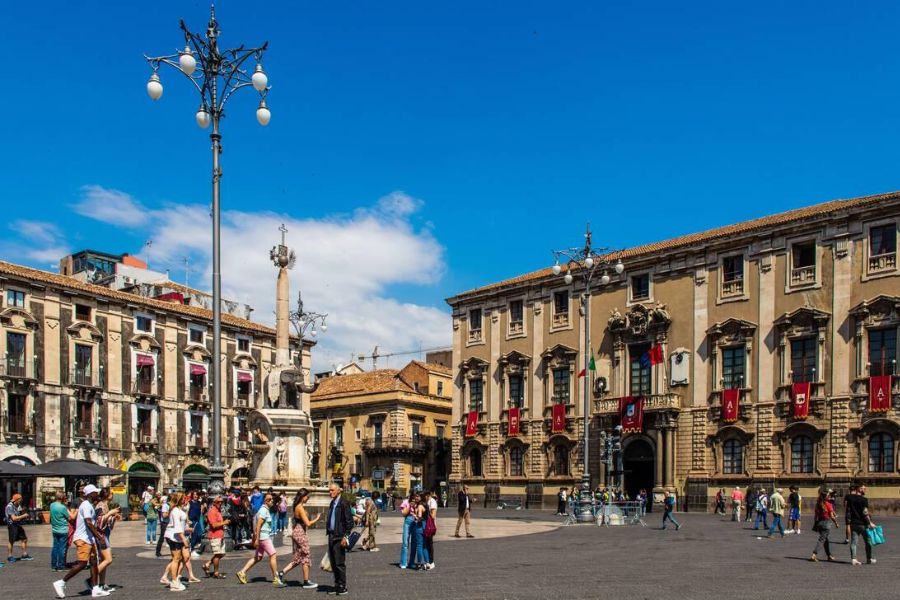
Catania’s Piazza del Duomo is the heart of the city’s Baroque revival. The cathedral and the quirky elephant fountain (u Liotru) are icons here. Via Etnea runs north, lined with palaces and views of Etna if the weather cooperates.
Syracuse: Ancient Wonders and Baroque Revival
Syracuse grabbed my attention right away with its layers of history. Once the most powerful Greek city in the Mediterranean, it was where Archimedes dreamed up his inventions.
The Archaeological Park is packed with ancient wonders. I spent ages wandering the Greek Theater, imagining plays from 2,500 years ago. The Roman Amphitheater and the Ear of Dionysius are just as fascinating.
After the 1693 quake, Syracuse got a Baroque facelift. The cathedral is my favorite—it absorbs the old Temple of Athena into its walls. Inside, you can still spot Greek columns, a perfect symbol of Sicily’s cultural mashup.
Wandering Ortigia and its Island Charms
Ortigia, the island core of Syracuse, won me over instantly. Just two bridges connect it to the mainland, but it feels like another world.
The morning market bursts with energy and color. Farmers pile up blood oranges, fishmongers show off swordfish, and the smells are amazing. If you’re hungry, grab an arancino from a street vendor—it’s the real deal.
Piazza del Duomo in Ortigia glows at sunset. The cathedral’s Baroque face catches the last light, and everyone seems to slow down to enjoy it. The Fountain of Arethusa, with its papyrus and mythic springs, sits right by the sea—pretty magical.
Art, Architecture, and Culture in the Baroque Valley
Sicilian Baroque didn’t just rebuild towns—it created a whole new look for the region. After 1693, architects who had trained in Rome brought Baroque style south, blending beauty with safety.
UNESCO World Heritage Sites
Val di Noto is home to eight towns recognized by UNESCO. Noto, Ragusa, Modica, Scicli, Caltagirone, Militello Val di Catania, Catania, and Palermo all stand as proof of what can come after disaster.
Noto’s honey-colored limestone buildings glow at sunset. The town moved and rebuilt on a grid, designed to survive future quakes.
Ragusa stands out for its two halves—Ragusa Ibla and Ragusa Superiore—linked by steep staircases. The views between them are some of the most dramatic I’ve seen in Sicily.
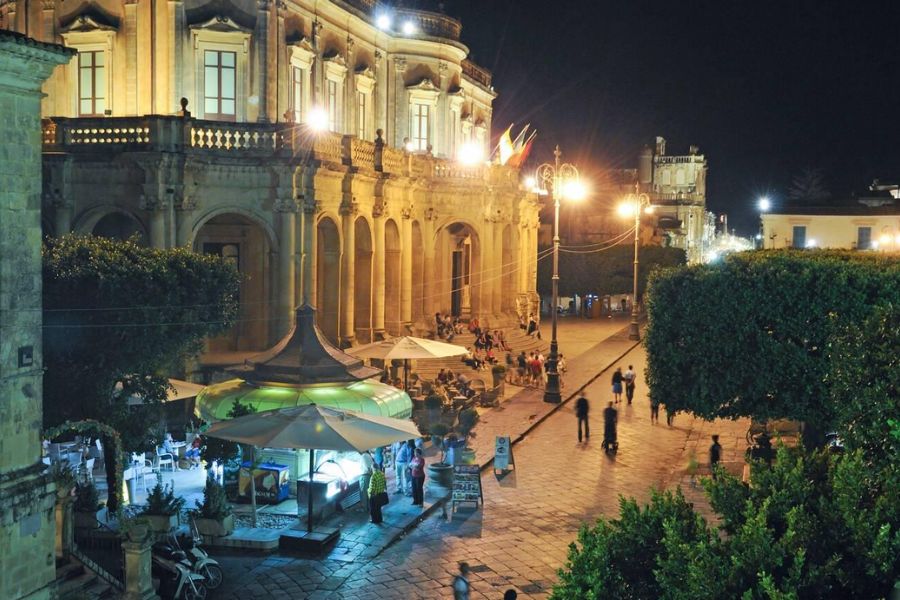
These towns are special because architects built them for both beauty and safety. Wider streets and reinforced buildings blend practicality with style, and you can feel that mix everywhere you go.
Exploring Duomos and Theatres
Every Baroque town seems to revolve around its duomo (cathedral) and theatre. These places really show off the era’s love for dramatic architecture and flair.
Noto’s Cathedral drew me in with its curved façade and grand staircase. I ended up sitting on the steps for an hour, just watching the light shift across the intricate carvings.
Theatres in these towns feel like the heartbeat of local culture. Teatro Vittorio Emanuele in Noto hosts classical concerts, and you can almost imagine the music echoing through centuries.
Ragusa’s Duomo di San Giorgio might be my top pick. It stands at the summit of 250 steps, and when you step inside, the space just glows—so much light, so many rich details. It’s both uplifting and a little humbling, honestly.
I didn’t expect to find such clever engineering hidden beneath all that ornate decoration. These buildings prove that beauty and practical design really can go hand in hand.
Caravaggio, Festivals, and Local Legends
The Baroque Valley isn’t just a showcase of architecture. It’s alive, pulsing with art, festivals, and stories that link the past to the present.
Caravaggio left his mark everywhere. His bold chiaroscuro style inspired local artists, and you’ll spot it in church paintings all over. His “Burial of Saint Lucy” in Syracuse? Absolutely worth the detour.
Festivals here turn quiet towns into vibrant celebrations. During Ragusa’s Feast of San Giorgio in April, I watched the saint’s statue paraded through streets blanketed with flowers, music swirling around us.
Every town seems to guard its own legends. In Modica, folks told me about mysterious tunnels under the city, rumored to have played a role during the Spanish Inquisition.
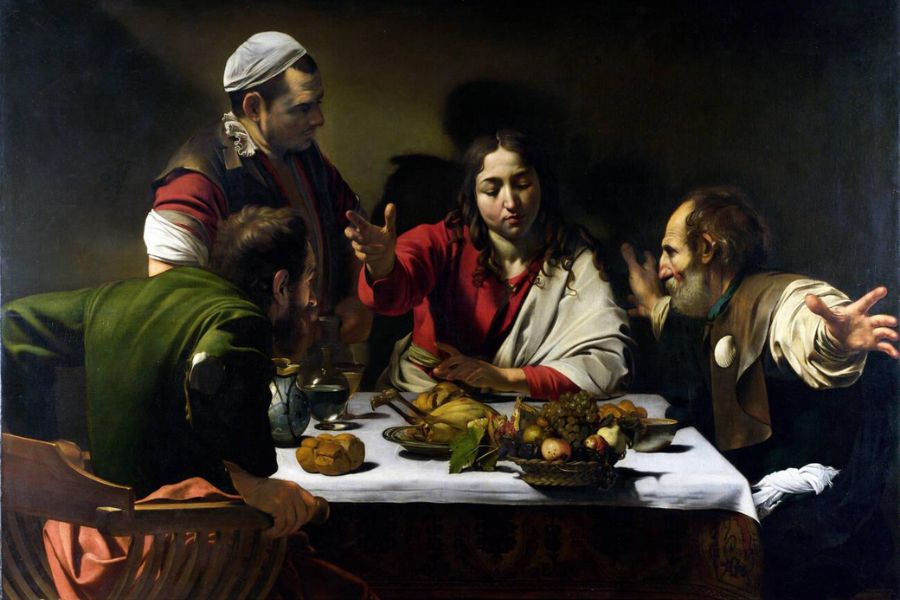
Modica’s chocolate tradition goes way back to Spanish rule. They still use ancient Aztec methods—brought over by conquistadors—to craft the town’s famous chocolate.
Ancient Greek and Roman Influences
Baroque style might dominate, but Sicily’s ancient Greek and Roman roots run deep. That contrast gives the island a unique cultural flavor.
The Greek theater in Syracuse blew me away. It’s one of the biggest and best-preserved ancient theaters anywhere. Sitting there, you can’t help but feel connected to people who watched performances 2,500 years ago.
The Roman Villa del Casale near Piazza Armerina holds some of the world’s most stunning mosaics. The “Bikini Girls” mosaic is a highlight—women exercising in outfits that look surprisingly modern.
Baroque architects borrowed from these ancient styles. Many churches actually stand on the foundations of old temples, so history literally stacks up beneath your feet.
You can wander through Greek, Roman, and Baroque wonders all in a single day here. That’s what makes Sicily so fascinating.
Travel Experiences: Food, Traditions, and Daily Life
Sicily’s Baroque towns offer more than gorgeous buildings. They open a window into real Italian life, where tradition, food, and daily routines create travel moments you won’t forget.
Breakfast Rituals and Coffee Culture
Mornings in the Val di Noto start with simple rituals. Locals grab a quick espresso at the counter—sometimes with a brioche con gelato. Yes, ice cream for breakfast is a thing.
In Modica, I joined regulars at tiny cafés. Baristas greeted people by their usual orders—”più lungo” or “più corto”—adjusting each espresso to taste.
The café counters, worn smooth from years of use, add to the charm. These aren’t just caffeine stops—they’re where news travels fastest.
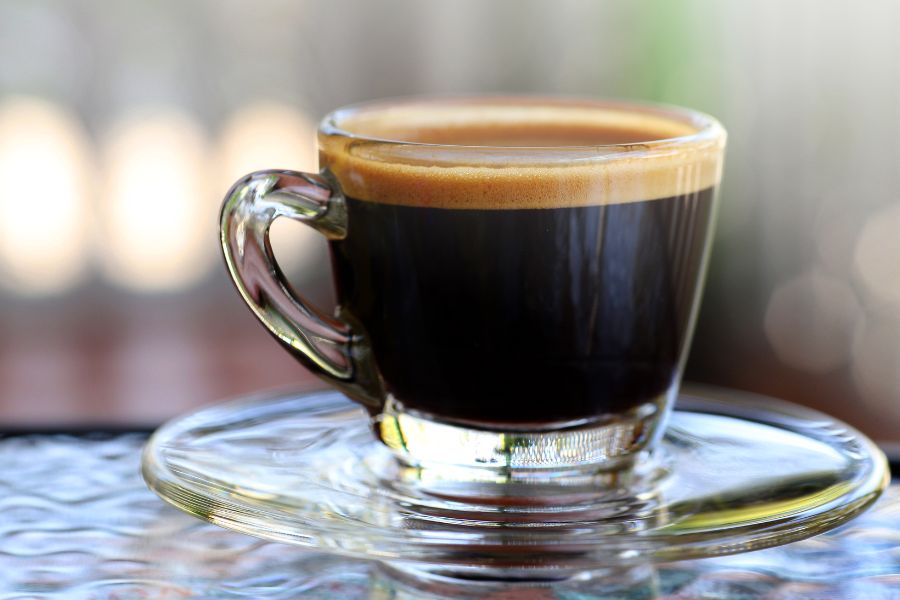
By 10 AM, everyone’s off to work, but that morning buzz lingers throughout the day.
Cannoli and Sicily’s Famed Sweets
Sicilian pastries really do live up to the hype. The cannoli in Val di Noto? Next-level. Each town claims theirs is the best.
In Noto, I watched pastry chefs fill crispy shells only when someone ordered—never ahead of time. The ricotta was just sweet enough to let the real flavor shine.
Regional Sweet Specialties:
- Modica: Chocolate made using ancient Aztec techniques
- Caltagirone: Almond pastries shaped like fruits
- Scicli: Cassata with candied fruits and marzipan
Family-run pastry shops keep traditions alive, passing recipes down through generations. I met a baker in Scicli who still uses his grandmother’s wooden tools, swearing they make a difference you can taste.
By late afternoon, everyone seems to take a sweet break—locals and visitors alike.
Weddings and Community Gatherings
Seeing a traditional Sicilian wedding in Ragusa gave me a real glimpse into local life. The ceremony unfolded in a baroque church, sunlight streaming through old windows onto stone floors.
Afterward, the whole town joined the party. Even as an outsider, I felt instantly welcomed—wine glasses never empty, laughter everywhere.
Family bonds run deep here. Sundays mean big lunches with three or four generations gathered around the table, stretching the meal into the evening.
Town squares come alive during festivals for patron saints. I watched old men set up tables as kids practiced dances for the night’s festivities.
These moments pulse with energy, showing just how tightly community ties hold these towns together.
Chasing Sunsets Across the Valley
Val di Noto at sunset feels almost magical. The baroque facades turn golden, glowing as the sun drops lower.
I found a favorite sunset spot in every town:
- Noto: The bell tower of San Carlo Church
- Modica: The steps of San Giorgio Cathedral
- Ragusa Ibla: The gardens overlooking the valley
As evening approaches, the landscape shifts from blinding white to deep amber. Locals gather in piazzas, sipping aperitivos and chatting as the day winds down.
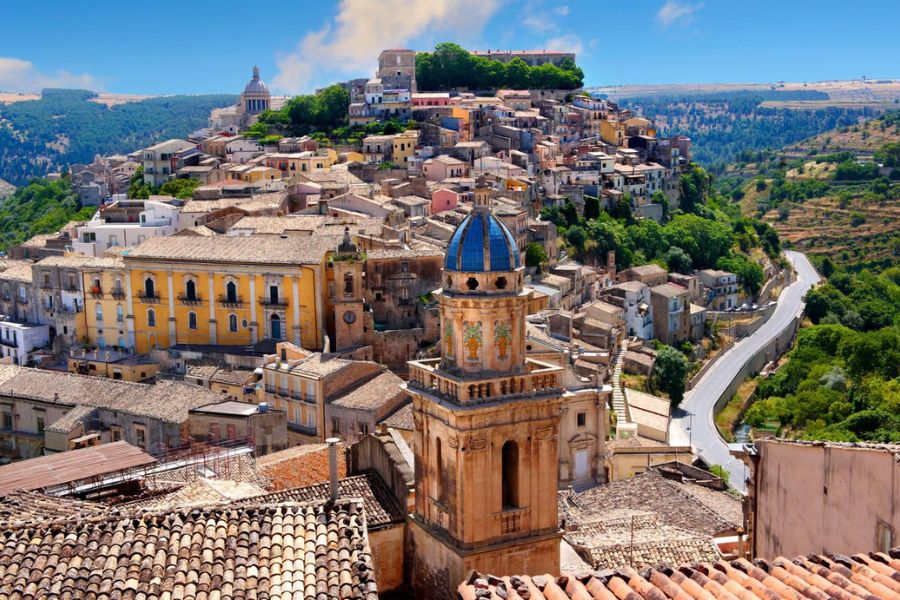
One night in Scicli, a family invited me onto their rooftop to watch the sunset. They told me this evening ritual is like a daily reset—a way to pause and appreciate the beauty before night falls.
These sunset traditions add a gentle rhythm to Sicily’s days, nudging everyone to slow down and savor life.
Off the Beaten Path: Smaller Towns and Scenic Sights
Sicily’s charm stretches well beyond the big tourist draws. Smaller towns and hidden landscapes often hold the richest stories and most stunning views.
Agrigento and the Valley of the Temples
Agrigento surprised me with its archaeological wonders. The Valley of the Temples sits on a ridge, boasting seven Greek temples from the 5th century BC.
The Temple of Concordia stands out—almost perfectly preserved, its columns glowing gold at sunset. You can wander among ancient olive and almond trees right between the ruins.
Agrigento’s old town invites you to explore narrow medieval streets. I’d suggest coming early or late in the day to dodge crowds and the fierce Sicilian sun.
Pop into the Archaeological Museum nearby. The pottery and sculptures there bring the ancient Greek colony of Akragas to life and add context to the ruins outside.
Discovering Caltagirone’s Ceramics
Caltagirone drew me in with its deep ceramic traditions, rooted in Arab times. The town’s showpiece is the Scalinata di Santa Maria del Monte—a 142-step staircase, each riser covered in hand-painted tiles.
Every May, locals arrange flowers and plants on the steps, creating dazzling patterns you can spot from across town. In July, thousands of oil lamps light up the staircase for the Festa di San Giacomo.
As I wandered the historic center, I stumbled into artisan workshops where masters still use centuries-old techniques. Many let visitors watch as they work.
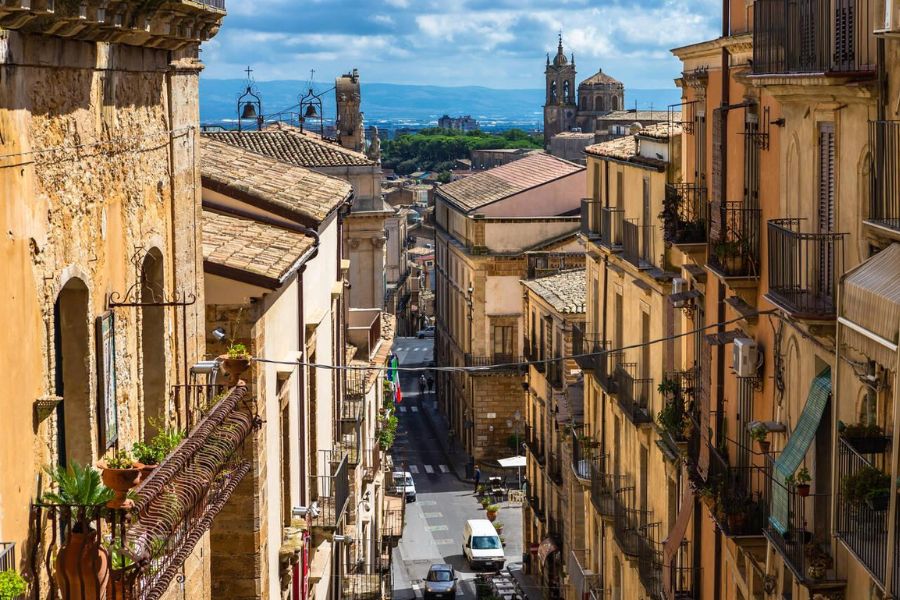
The Museo Regionale della Ceramica displays an impressive range of styles and eras. I lost track of time admiring the intricate designs, each telling a bit of Sicily’s layered history.
Palazzolo Acreide’s Historic Allure
Palazzolo Acreide charmed me with its blend of Baroque architecture and ancient Greek ruins. The town feels refreshingly authentic, and tourists are few.
The Greek theater of Akrai sits atop a hill, offering sweeping countryside views. It’s smaller than some sites, but the peaceful setting makes it memorable.
In town, the Church of San Sebastiano stands out with its ornate façade. I tried the local specialty, maccu—a humble fava bean soup that really captures Sicily’s rustic side.
I loved getting lost in the narrow lanes lined with golden stone. Locals welcomed me into tiny cafés, where old men gathered every afternoon for cards and conversation.
San Giorgio and Ragusa Superiore
Ragusa isn’t just one town—it’s really two. You’ve got the ancient Ragusa Ibla and then there’s the newer Ragusa Superiore. An earthquake back in 1693 destroyed most of the old settlement, so that’s why you see this quirky split.
Up on the hill, Ragusa Superiore stretches out with wide avenues and some pretty grand buildings. The Cathedral of San Giovanni Battista really stands out here, its dome and Baroque façade grabbing your attention right away.
San Giorgio, tucked into Ragusa Ibla, totally pulled me in with those winding medieval streets. The Duomo di San Giorgio sits at the heart, and honestly, that grand staircase is something else.

If you’re up for a little adventure, I’d say walk between the two towns. Take the path by the Santa Maria delle Scale church. The steps give you these amazing views, and you really feel that link between Sicily’s past and present.

